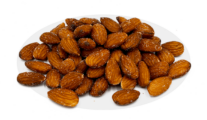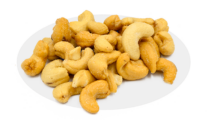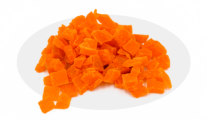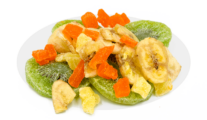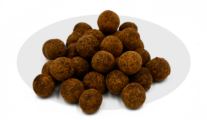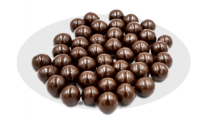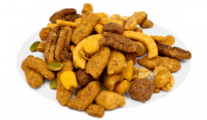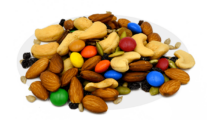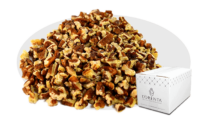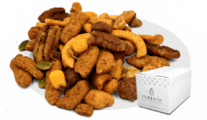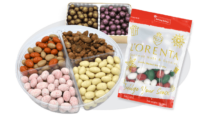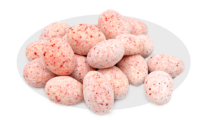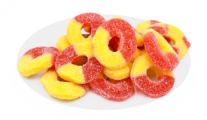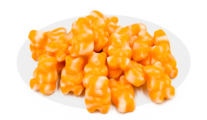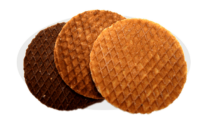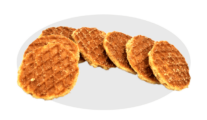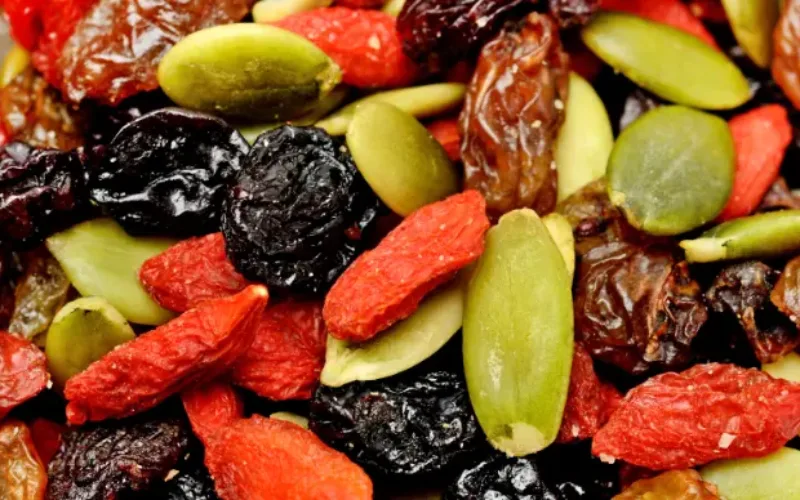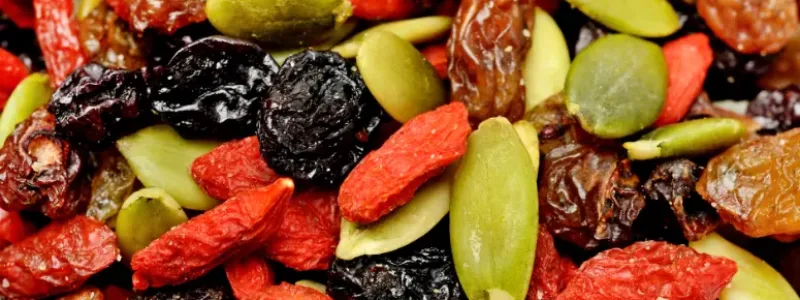Written By Sam Henselijn
This is accomplished by strategically combining organic acids—no, it’s a surprise that eating too many sour candies in one sitting might result in a painful mouth. You’re probably curious about the magic of sour candies. This article explains what makes candies sour, and how to create them so you can enjoy them afterward.
Why does sour candy make me hot?
While the effects of sour candies may be felt on your tongue, the
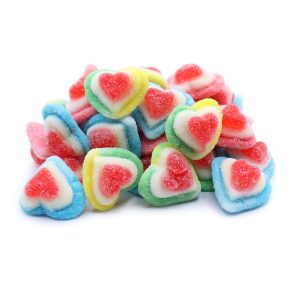
stuff that makes you pucker is also bad for your teeth. The nerves promote the flow of saliva to facilitate digestion while consuming highly flavorful foods.
These nerve impulses are hypothesized to be “misdirected” after an injury, stimulating skin blood vessels and sweat glands rather than salivary flow. Sour candies are highly acidic, and they can burn your cheeks and gums while wearing down your teeth’s enamel. Face redness and perspiration are the outcomes.
How to make sour candy?
Citric acid, malic acid, tartaric acid, and fumaric acid are the most frequent acids used to manufacture sour candy. The variable levels of zing experienced across distinct sour candies are created by the mix of these key acids.
To appreciate the mouth-watering taste of sour candy, you don’t have to be a kid. While you can buy a variety of sour candies at the market, making your own at home is a lot more fun. The only specialized equipment required is a candy thermometer and some patience.
Puree the fruit in a blender
Combine 1 cup (200 g) of defrosted frozen fruit in a food processor, such as strawberries, blueberries, or raspberries. Process the fruit until it is smooth and pureed.
Simmer the fruit with water, lemon juice, and honey
In a small saucepan, combine the pureed fruit, 1 cup (79 mL) water, 1 tablespoon (15 mL) fresh lemon juice, and 2 tablespoons (43 g) honey. Place it on the stove over medium-low heat and cook for 2 to 3 minutes, or until it reaches a simmer.
Incorporate the gelatin into the liquid by whisking it in
Sprinkle 4 tablespoons (12 g) unflavored gelatin over the mixture once it has reached a boil. Toss it in with a whisk, swirling frequently. Slowly add the gelatin to the mixture. If you pour it all in at once, it will form a glob that you will be unable to remove.
Reduce the heat to a low setting and bring the mixture back to a low simmer
Continue to cook the liquid on medium-low once the gelatin has
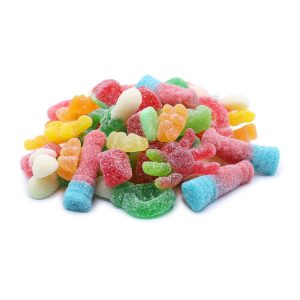
been integrated. Allow it to return to a moderate simmer, frequently stirring to ensure that all of the ingredients are thoroughly incorporated.
Remove the pan from the heat and sift the mixture to remove any remaining solids
At first, remove the pan from the heat once the gelatin has completely melted in. Remove any hard fragments of fruit or gelatin with a sieve and discard the solids in a heatproof measuring cup. Remove any bubbles from the top of the mixture after it has been strained using a spoon.
Fill molds halfway with the mixture and cool for several hours
After straining the mixture, pour it into silicone candy molds. Refrigerate the molds for at least 6 hours to allow them to be fully set.
You might want to use bear-shaped molds because the candy has a gummy bear texture. If you don’t have candy molds, pour the batter into a baking sheet coated with plastic wrap and cut it with a knife or cookie cutters once it’s set.
Combine the sugar and citric acid in a mixing bowl
In a separate dish, combine 12 cups (100 g) sugar and 1 to 3
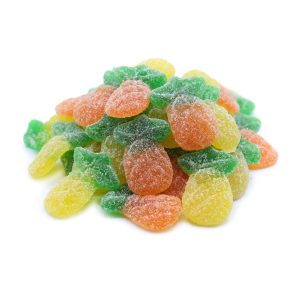
teaspoons (6 14 to 18 34 g) citric acid for the coating. To make sure they’re completely incorporated, whisk them together thoroughly. Depending on how sour you want the candies to be, adjust the amount of citric acid.
Remove the candy from the mold and place it in the sugar mixture
Remove the candy from the fridge after it has been cold for several hours. Carefully remove the candies from the molds and place them in the sugar coating basin.
Place the candy in an airtight container to keep it fresh
The candy is immediately edible, but any leftovers should be stored in an airtight container. In the fridge, they’ll last about a week.
Why does sour candy make me sweat?
Sweating can also be caused by foods that include acidic elements, such as vinegar or foods that are consumed at a high temperature. A high-sugar meal can sometimes lead your body to produce too much insulin, the hormone that aids in the digestion of sugar and the conversion of it into energy.
Few individuals are aware that eating sour sweets has a slight health benefit. Citric acid can aid in the absorption of nutrients, particularly calcium, in the stomach. It’s also known to aid cancer patients and pregnant women with nausea. Additionally, it may aid in the release of serotonin in your brain, which can boost your mood.
Sam Henselijn Author’s Biography – Meet L’Orenta Nuts CEO
Copyright 2024 L’Orenta Nuts
L’Orenta Nuts proudly holds the SQF food safety certification, symbolizing our unwavering dedication to upholding the highest standards of food safety and quality. This certification guarantees that our products undergo rigorous scrutiny, ensuring transparency, traceability, and adherence to global food safety regulations for the utmost consumer confidence.
L’Orenta Nuts has the HACCP (Hazard Analysis and Critical Control Points) certification is a systematic approach to identifying, evaluating, and controlling food safety hazards. It ensures that food products are produced and handled in a manner that minimizes risks and complies with safety standards.
Our GMP (Good Manufacturing Practices) certification ensures that a manufacturing facility adheres to comprehensive quality and safety standards while producing pharmaceuticals, food, and other consumer goods, promoting consistency, quality, and compliance with regulatory requirements.
L’Orenta is an FDA-approved manufacturing facility and has met the rigorous standards set by the U.S. Food and Drug Administration. It demonstrates compliance with regulations, ensuring the production of safe and high-quality food products.


